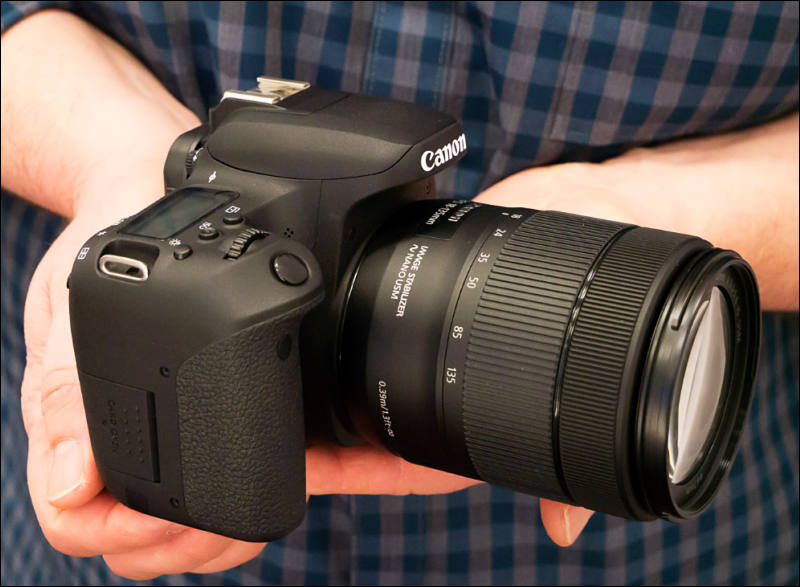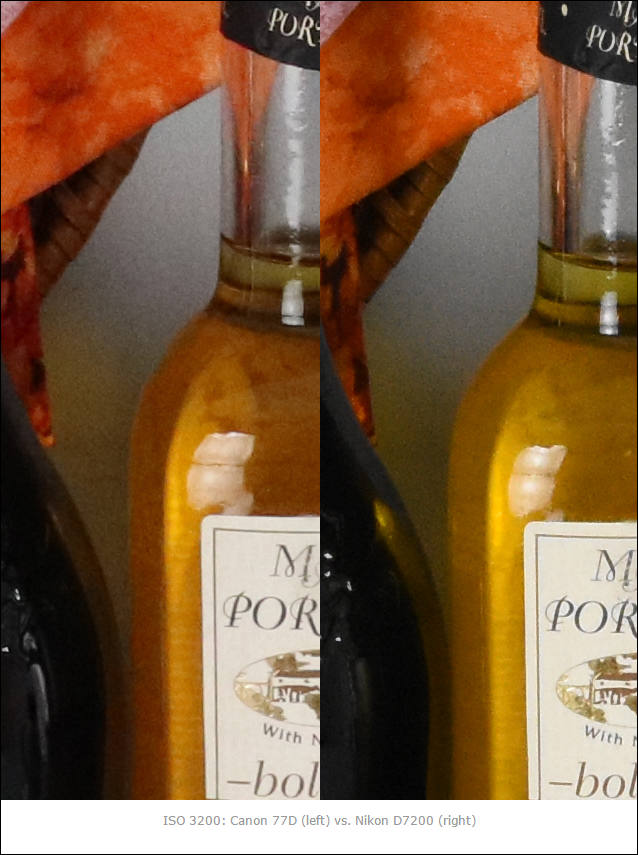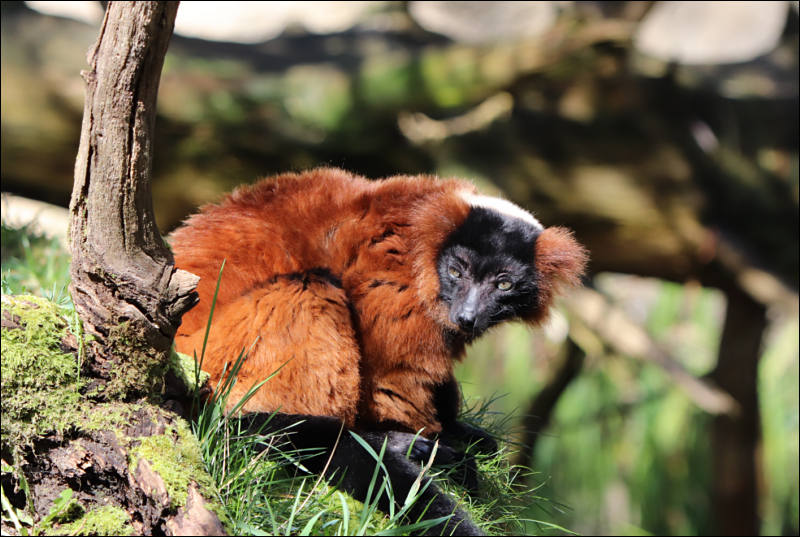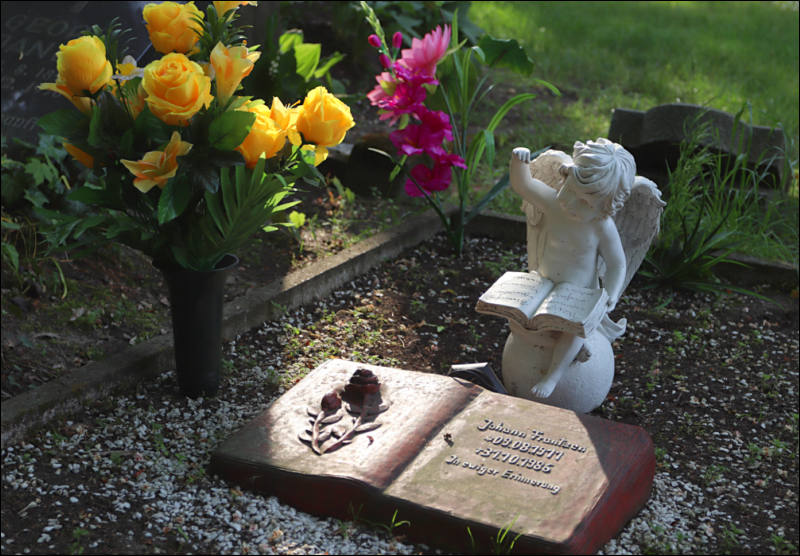
-
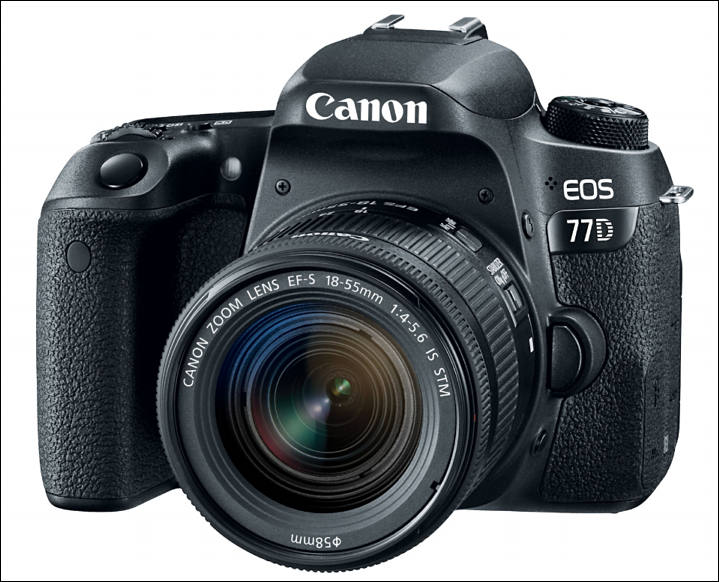
Specs
- 24.2mp CMOS sensor with Dual Pixel CMOS AF
- DIGIC 7
- 6 fps serial shooting
- 1080p60 video with 5 axis electronic image stabilization, same as on M5
- 3" Touch LCD, variangle
- Wi-Fi / Bluetooth
- 131mm × 99.9mm × 76.2mm
- 540 g
- $899 price at https://www.amazon.com/Canon-1892C001-EOS-77D-Body/dp/B06VSTCWJ9/
-
Body seems almost same as http://www.personal-view.com/talks/discussion/16434/canon-eos-800d-rebel-t7i-with-dual-pixel-and-proper-lcd , but most probably difference will be better VF optics.
-
It seems that Canon arsenal now uses Digital IS 5-Axis Image Stabilization. What actually they do? Do their cameras have some gyro sensor in it and fast processor? Which make them able to use the info from the gyro sensor and process in real time an electronic image stabilisation? How good it is compared to the mechanical Olympus, Panasonic, and Sony 5-Axis IS? Hmm, I wonder how good is the Canon 77D Digital 5-Axis IS?
-
Few more pictures, and it seems that headphone output is absent
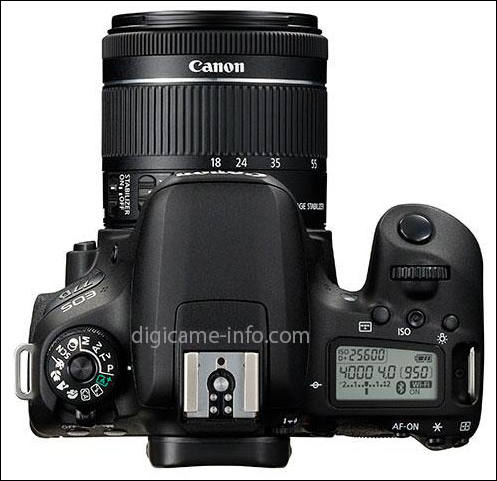
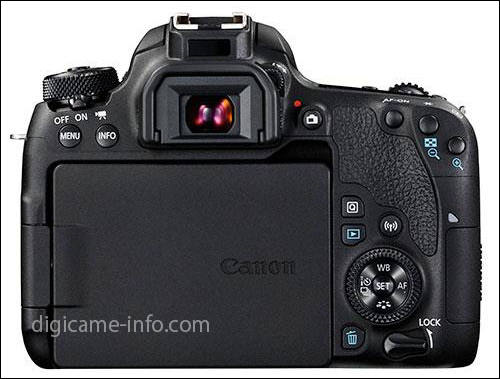
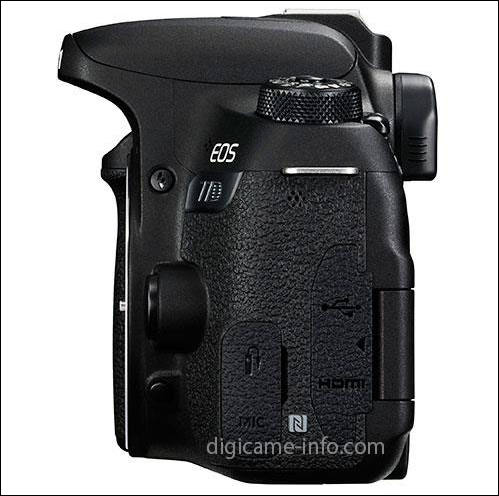

 sample527.jpg497 x 481 - 38K
sample527.jpg497 x 481 - 38K
 sample528.jpg500 x 379 - 34K
sample528.jpg500 x 379 - 34K
 sample529.jpg499 x 496 - 39K
sample529.jpg499 x 496 - 39K -
Price added
-
PR
MELVILLE, N.Y., February 14, 2017 – Developed and designed to meet the varying needs of entry-level and advanced amateur photographers, Canon U.S.A., Inc., a leader in digital imaging solutions, today announced two new additions to the celebrated EOS system – the EOS Rebel T7i DSLR camera, which adds to the popular Rebel series of entry-level DSLR cameras, and the EOS 77D DLSR camera, which represents a new category of cameras for advanced amateur photographers. Canon also introduced today the new EF-S 18-55mm f/4-5.6 IS STM lens and Wireless Remote Control BR-E1, as well as added functionality for the Canon Connect Station CS100. “In what marks the 30th year since the introduction of the Canon EOS System, the announcement today of these two new DSLR cameras exhibits Canon’s commitment to providing our customers with the tools they need to grow their passion for capturing the best possible pictures of the moments in time that mean the most to them, or inspire them to one day shoot professionally,” said Yuichi Ishizuka, president and COO, Canon U.S.A.
Focused on Innovation
The EOS Rebel T7i and EOS 77D both feature an optical viewfinder with a 45-point All Cross-type AF system to help enable more precise focusing. In live view mode, both cameras utilize Canon’s Dual Pixel CMOS AF to deliver the world’s fastest AF focusing speed of 0.03 seconds.1 This technical achievement allows users to find their subject, focus accurately, and capture the shot more quickly than ever before. Both models also have built-in Wi-Fi, NFC and Bluetooth technology for easy transfer of images.
In addition to the focusing enhancements, common features of the EOS Rebel T7i and EOS 77D cameras include:
- Optical Viewfinder with a 45-point All Cross-type AF System
- Fast and accurate Dual Pixel CMOS AF with Phase-detection
- 24.2 Megapixel CMOS (APS-C) Sensor
- DIGIC 7 Image Processor, ISO 100–25600
- Built-in Wi-Fi®2, NFC3 and Bluetooth®4 technology
- Vari-angle Touch Screen, 3.0-inch LCD
- Movie Electronic IS
- HDR Movie & Time-Lapse Movie
- High-speed Continuous Shooting at up to 6.0 frames per second (fps)
For advanced amateur photographers looking to expand their knowledge and experience with DSLR cameras, Canon’s new EOS 77D is the ideal next step camera for them. The EOS 77D represents a new category of advanced amateur EOS cameras, a step above the Rebel series. Users of the EOS 77D DSLR camera will benefit from features like the 7650-pixel RBG+IR Metering Sensor, similar to the one found in the EOS 80D camera and Anti-Flicker shooting mode to help combat the on-and-off repetitive flickering from artificial lights found in high-school gyms or auditoriums. The EOS 77D also features a top LCD panel and quick control dial for photographers who desire quicker and easier access to changing and controlling settings on the camera.
The Canon EOS 77D is scheduled to be available in April 2017 for an estimated retail price $899.99 for the body only, $1,049.00 with the new EF-S 18-55mm f/4-5.6 IS STM lens and $1,499.00 with the EF-S 18-135mm f/3.5-5.6 IS USM lens respectively. For more information please visit, usa.canon.com/eos77d.
-
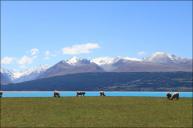
 sample695.jpg800 x 531 - 57K
sample695.jpg800 x 531 - 57K -

 sample973.jpg638 x 855 - 75K
sample973.jpg638 x 855 - 75K -

 sample984.jpg800 x 537 - 91K
sample984.jpg800 x 537 - 91K -

 sample1140.jpg800 x 522 - 63K
sample1140.jpg800 x 522 - 63K -
Review
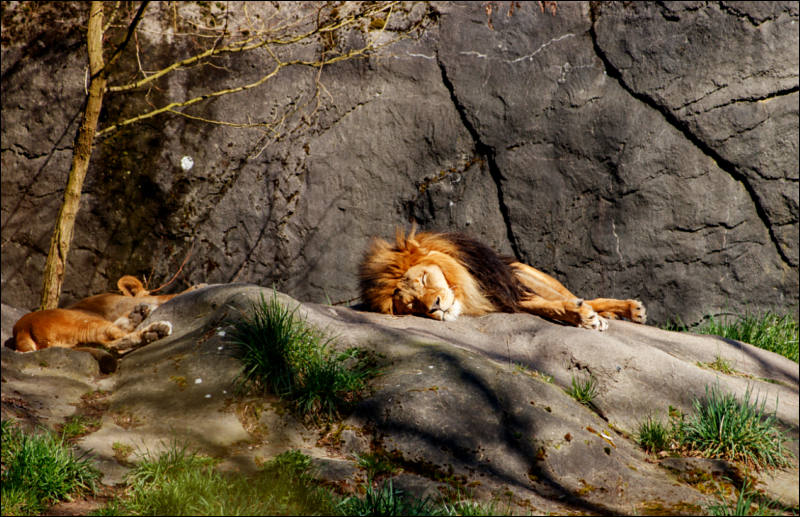
It's not going to be anyone's first choice for high-end cinema shooting, but the EOS 77D will be great for those looking for a vlogging camera or it has the potential to be a good home movie machine for families.

 sample1256.jpg800 x 517 - 109K
sample1256.jpg800 x 517 - 109K -
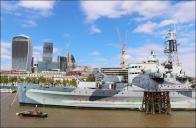
 sample120.jpg800 x 522 - 77K
sample120.jpg800 x 522 - 77K -
Good set with lot of free accessories for $849 at https://www.adorama.com/ica77da.html#source=productOptions
-
Review
When shooting movies, the Dual Pixel AF system was quick enough to lock onto most subjects but tended to become confused when new subjects entered the frame from any direction. Lags of up to a second were also common during panning and zooming, particularly in low-contrast lighting and with fast subject movements.
Video quality was similar to the clips we obtained from the EOS 80D, which isn't surprising as this feature has barely changed. The slight differences between Standard and Light (IPB) settings were largely related to their different bit rates. Movies shot with the Light setting were also slightly slower to re-focus and more prone to glitches than those recorded with the Standard setting.
Aside from that, any differences between the HD 1080p and 720p video clips were largely related to the frame resolution and negligible when clips were viewed on a normal HD TV set. Audio quality was similar to that of the EOS 80D we tested. We didn't detect any pick-up of operational noises when zooming and re-focusing while shooting movie clips.
http://photoreview.com.au/reviews/dslr-cameras/entry-level/canon-eos-77d
-
Review
DSLR video has matured a lot and, especially with Dual Pixel CMOS AF in use, very high grade video quality is now the baseline of what you can expect from an EOS DSLR. The 77D gets the same video capabilities as the EOS 80D with the sole difference being that the .MOV format is only available in time-lapse recording on the 77D, whereas the format is a selectable option for traditional video recording on the 80D.
The 77D records video in .MP4 format (IPB/IPB light) using the MPEG-4 AVC / H.264 codec. As noted, time-lapse movies are recorded in .MOV format (ALL-I). Audio is recorded in AAC (.MP4) via dual front microphones (producing stereo sound) or the 3.5mm stereo input jack; no audio is recorded during Time-lapse Movie capture. Sound recording levels can be set to Auto, Manual (64 levels) or Disabled entirely. Wind Filter and Attenuator options can be set in the sound recording menu.
http://www.the-digital-picture.com/Reviews/Canon-EOS-77D.aspx
-

 sample627.jpg800 x 556 - 98K
sample627.jpg800 x 556 - 98K -
Review
The camera can record FullHD video at 60, 50, 30, 25 or 24fps, with stereo sound. There's also a microphone socket if you want to use an external microphone. You can use the movie mode in auto or manual modes, and there's a time-lapse movie mode as well. Video quality is quite good, although using the electronic image stabilization results in the frame being cropped, which reduces image quality. Video footage will benefit from the use of a lens with optical image stabilization for the best quality, or the use of a tripod.
https://www.ephotozine.com/article/canon-eos-77d-review-31163/
Howdy, Stranger!
It looks like you're new here. If you want to get involved, click one of these buttons!
Categories
- Topics List23,964
- Blog5,723
- General and News1,342
- Hacks and Patches1,151
- ↳ Top Settings33
- ↳ Beginners254
- ↳ Archives402
- ↳ Hacks News and Development56
- Cameras2,361
- ↳ Panasonic990
- ↳ Canon118
- ↳ Sony154
- ↳ Nikon96
- ↳ Pentax and Samsung70
- ↳ Olympus and Fujifilm99
- ↳ Compacts and Camcorders299
- ↳ Smartphones for video97
- ↳ Pro Video Cameras191
- ↳ BlackMagic and other raw cameras121
- Skill1,961
- ↳ Business and distribution66
- ↳ Preparation, scripts and legal38
- ↳ Art149
- ↳ Import, Convert, Exporting291
- ↳ Editors191
- ↳ Effects and stunts115
- ↳ Color grading197
- ↳ Sound and Music280
- ↳ Lighting96
- ↳ Software and storage tips267
- Gear5,414
- ↳ Filters, Adapters, Matte boxes344
- ↳ Lenses1,579
- ↳ Follow focus and gears93
- ↳ Sound498
- ↳ Lighting gear314
- ↳ Camera movement230
- ↳ Gimbals and copters302
- ↳ Rigs and related stuff272
- ↳ Power solutions83
- ↳ Monitors and viewfinders339
- ↳ Tripods and fluid heads139
- ↳ Storage286
- ↳ Computers and studio gear560
- ↳ VR and 3D248
- Showcase1,859
- Marketplace2,834
- Offtopic1,319


